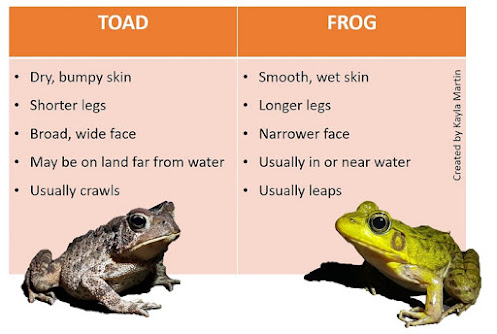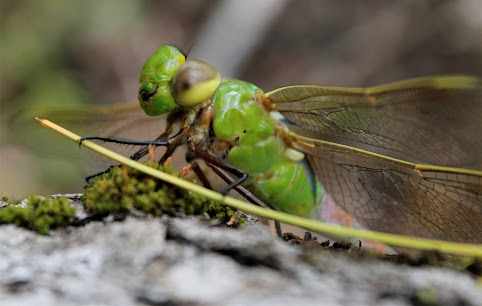We hear the word pollination more and more now, but what does it actually mean?
Pollination is the process of pollen traveling from the male part of the plant to the female part of the plant (or to a different plant) so that the plant can make seeds and fruit.
Wait a second! Plants have male and female parts?
Yes! The stamen are the male parts of the plant and that is where pollen is produced. The female parts of the plant are called the pistil and this is where the plant's ovary is located.
Pollen moves around by taking advantage of wind, water, or with the help of pollinators. Pollinators are animals, often insects, that eat sweet nectar produced in flowers. Plants actually produce nectar to attract the pollinators to them! When the animal or insect feeds on nectar, they can't help but touch the pollen which sticks to them. As they travel to multiple plants, the pollen is spread and this is the process of pollination. Hummingbirds, butterflies, and bees are a few of the pollinators that live in the biosphere.
Most plants grow flowers but you will have noticed the huge differences in flower size, shape, colour, and even when a plant blooms - this is no accident! Plants pull out all the stops to try and attract different pollinators. From producing beautiful smells and tasty nectar to having very bright coloured blooms. The shape of the flower can also entice certain animals and insects.
Flowers also have a hidden signal! Light not only allows us to see but it also gives everything colour! Humans can only see visible light, which gives us the colours in the rainbow, but some pollinators can see UV light too! Some flowers attract pollinators with beautiful UV light patterns. Here is an example of how some bees might see these flowers:
Pollinators like bees are designed to pick up LOTS of pollen on their bodies as they feed on nectar. This helps pollen travel and is necessary for the majority of flowers to produce seeds and fruit. Pollination is important for many species and entire food webs, not just the plants.
What’s happening to pollinators?
 Honeybee populations have been declining over the past few years. Scientists think the decline in their populations is from combinations of disease, pesticides, poor nutrition, climate change, and habitat loss.
Honeybee populations have been declining over the past few years. Scientists think the decline in their populations is from combinations of disease, pesticides, poor nutrition, climate change, and habitat loss.
Industrial agriculture and the use of pesticides on crops are harming bees. Pesticides and chemicals used to protect crops from pests can dissolve in water. They become mixed into runoff water which travels and can then be absorbed by plants miles away. These pesticides end up in the pollen and nectar of flowers and consumed by bees. These chemicals do not kill the bees right away, it takes time. In fact it has more of an affect on the queen's ability to lay eggs. The chemicals lower the amount of eggs that can be produced by the queen.
Parasites are also attacking bees. A parasite is a tiny creature that feeds on a larger host animal in order to survive. In the case of the bee a very tiny parasitic mite feeds on the bees fat cells. These mites have a scary name Varroa destructor mites and can transmit five different illnesses to the bees.
The last major factor affecting bee populations is the loss of habitat. Cities and industrial agriculture are removing available pollinator habitat. There are fewer native flowers and specific plants that support the life cycles of a variety of pollinators, especially bees and monarch butterflies. This is where you can help out! The actives below are two great ways you can help out the pollinators.
Activity: Make A Mason Bee Hotel
There are over 100 species of solitary bees in Ontario - they don’t live in a hive. Solitary bees rarely sting because they don’t protect a queen. Their number one priority is finding food… and pollinating!
Help promote biodiversity by giving solitary bees eggs a safe place to develop, a mason bee hotel!
Help promote biodiversity by giving solitary bees eggs a safe place to develop, a mason bee hotel!
 Materials: Aluminum can, scissors, paper straws/bamboo cane or make your own nesting tubes using parchment paper by wrapping them around a pencil and securing with glue.
Materials: Aluminum can, scissors, paper straws/bamboo cane or make your own nesting tubes using parchment paper by wrapping them around a pencil and securing with glue.2. Fill the can with nesting tubes until they are secure and don’t move around.
3. Find a location for your mason bee hotel so that it:
- Won't move around in the wind,
- Will be well protected,
- Will get lots of sun, and
-
Is at least 3ft above the ground.
4. Optional. Consider planting some native flowers near the mason bee hotel! Wild columbine and black eyed Susan’s are favourite flowers for bee’s and butterflies. Milkweed species aren't just for Monarch butterflies, bees like them too! Learn more about native plants species here.








































